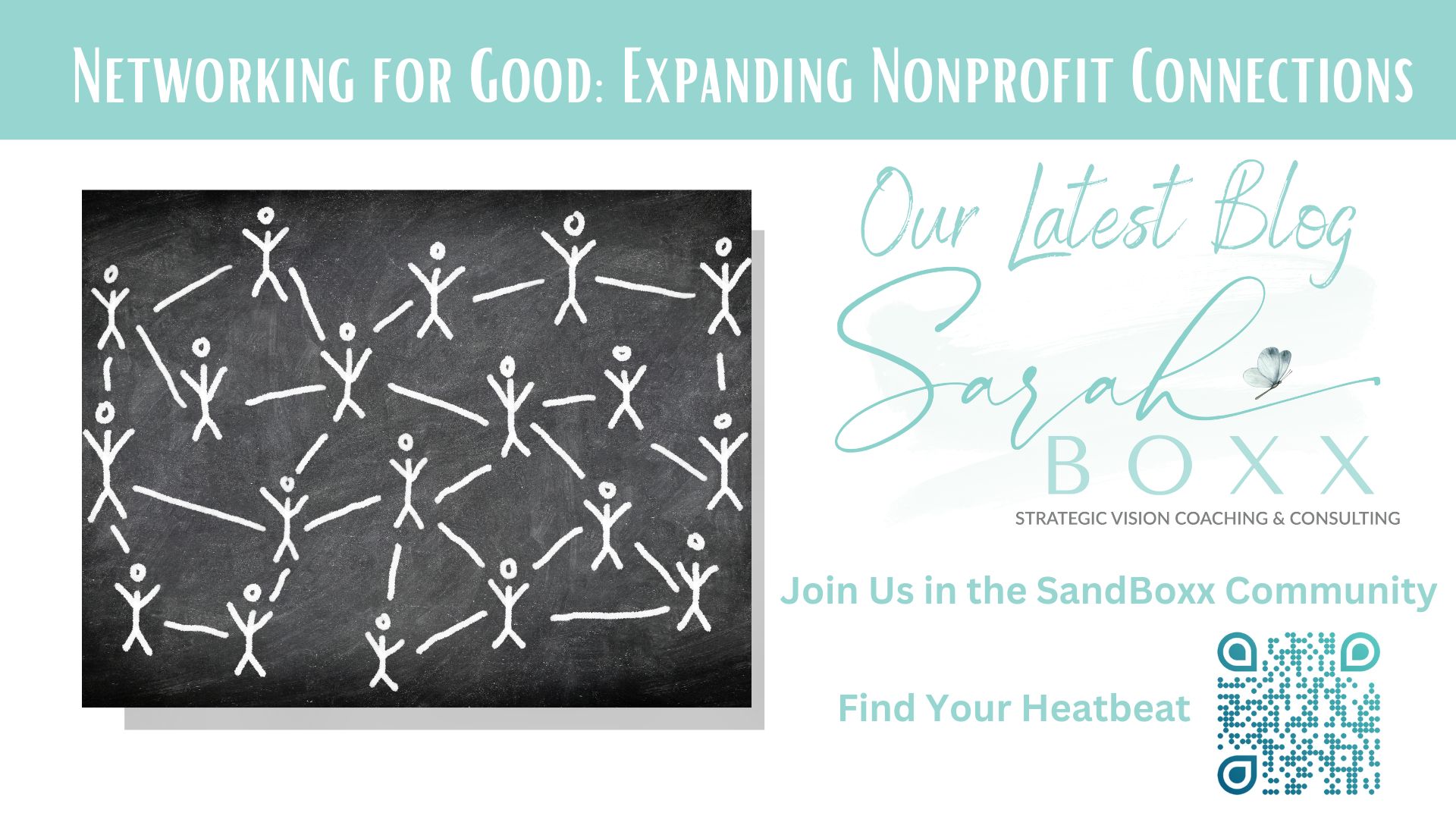On August 5th of last year, a handful of individuals met with city officials to review architectural renderings of a proposed development to repurpose a strip mall. Rather than more retail business, the redesign would provide three studio apartments for transitional housing for homeless and at risk young people between the ages of 18 and 24. The build out would also offer high-quality child care, afterschool programming, a learning center, mentors and case managers to support educational attainment, employment skills, and self-sufficiency of others in the community.
Two weeks earlier the director of a local health Institute received confirmation that two houses would be made available to her at no cost for a pilot project aimed at housing and stabilizing homeless schoolchildren and their families. She also learned two additional houses might also become available in the near future, for a total of four homes that could be used to house these families comfortably and safely while their children continued school and the adults received support and coaching needed to become self-sufficient.
Commonalities That Cross Over
On the surface, both of these examples might seem like everyday occurrences carried out in communities across the nation by public-private partnerships involving nonprofit, faith-based organizations. In some ways they are. Yet, in this case it was anything but that. It had been only 10 months since these six individuals – loosely connected through different business and community work – started thinking, learning and working together in a different way: that of high action and high alignment for high impact. These six individuals are part of a larger community initiative, joined by dozens more, all collaborating for communities.
What is noteworthy about these individuals, is that each is considered a leader (either by official title – i.e. executive directors, Councilman, business owners, etc.), for their actions, or both. Where they don’t have formal authority, they take responsibility and step up anyway. Each has extremely full schedules, as do the other community partners. All have to work to balance professional responsibilities and obligations with community, family, faith and personal health and wellness priorities.
None of them accepts “no,” “it isn’t possible,” “it can’t be done”, or, “we’ve already tried that” as an answer when facing obstacles. They and their partners choose instead to say, “YES! We can do this” and “How may we help?” “What’s next?” “Who else needs to be involved?”
Teamwork, Trust, Results
What type of results would you expect from this motivated, impactful group? In this case, their teamwork helped open a high quality child care center for children living in a homeless shelter in January 2018. They also worked to get two homes scheduled for rehab so homeless youth and their families can gain stable employment and improve their finances. After these phenomenal positive outcomes, what’s next? Currently, they are working with their partners to house 125 more homeless youth by the end of 2018. Amazing results are being achieved by teams just like these, all over the nation.
What has allowed these six to engage others and achieve results (beyond not taking no for an answer)? What has connected them beyond a specific project or funding stream? Certain tools and leadership skills and knowledge, as well as a heavy dose of trust and confident reliance in one another. All within a larger context of a collective impact approach to solving problems.
In our next blog, we will share the 5 steps that led this group and their partners to secure thousands in cash, in-kind, and donated services. Stay tuned for steps you can use and apply to the teams you encounter in your professional and personal life.



